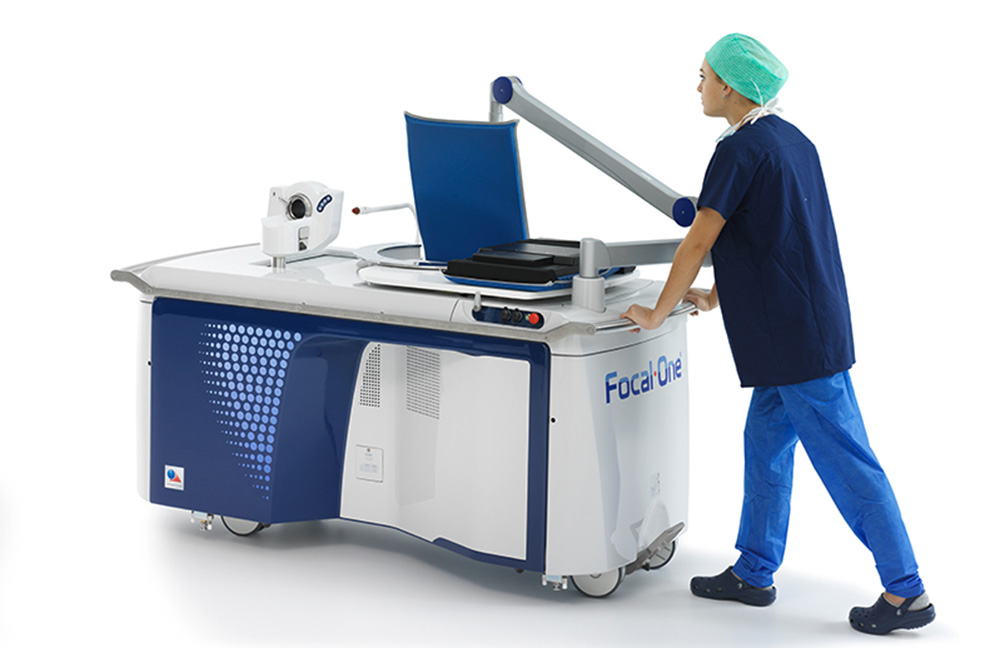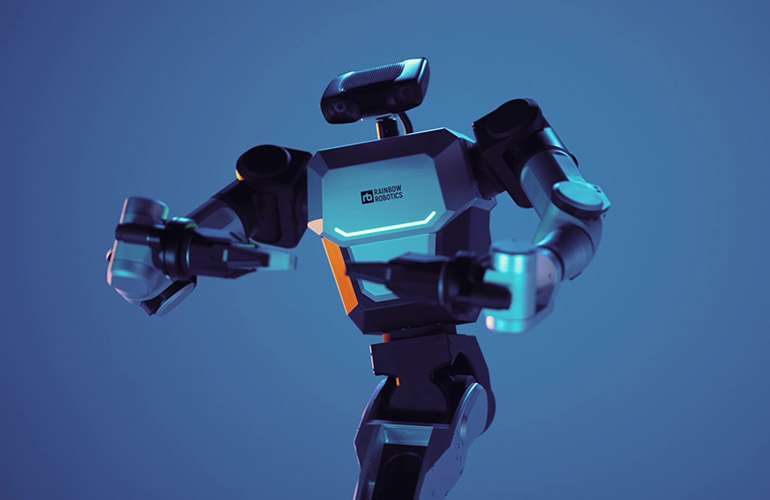In her almost 30 years working on robotics in academia, Maja Matarić has pioneered the field of socially assistive robotics and conducted foundational work in multi-robot coordination and human-robot interaction.
Matarić’s early work was the first to demonstrate that behavior-based systems (BBS) could be endowed with representation and have the expressive power to plan and learn. Her lab’s Toto system was the first BBS to learn maps online and optimize its behavior. Later, she pioneered distributed algorithms for scalable control of robot teams and swarms, enabling robot teams to collaborate on tasks.
Now, Matarić is the Chan Soon-Shiong Chair and distinguished professor of computer science at the University of Southern California, and a principal scientist at Google DeepMind. Much of her recent research remains in the field of socially assistive robotics (SARs), where she hopes to create engaging, trustworthy machines that foster long-term human-robot bonds.
Matarić said she believes these robots can be programmed to help children with autism to communicate and socialize and encourage stroke patients to conduct rehabilitation exercises. SARs could also allow Alzheimer’s patients to recognize and enjoy their favorite songs, motivate the elderly to stay physically active, and more.
This work earned her the ACM Athena Lecturer Award, which celebrates women researchers who have made fundamental contributions to Computer Science. Each year, the ACM honors a preeminent woman computer scientist as the Athena Lecturer.
To learn more about her work, and her hopes for the robotics industry as a whole, The Robot Report spoke with Matarić about SARs, recent industry breakthroughs, and how the industry can learn from academia.
What is socially assistive robotics?
“Unlike in all of the rest of robotics, where robots do physical work, here we’re using robots as social companions for people who have specific health, education, learning, or rehabilitation needs,” Matarić told The Robot Report.
SARs aim to play a critical role in society, and these unique robots will only become more necessary moving forward. Since January 2020, 400,000 nursing home and assisted living staffers have quit, while 10,000 people turn 65 every day. Robots provide a practical solution for these types of labor shortages, Matarić said.
“None of my work has ever said that robots will be better than humans,” she said. “If we lived in a world in which humans were properly trained and properly rewarded for taking care of other people, then we would not need robots to do it.”
Matarić also highlighted how human-centric SARs are by design. “Socially assistive robotics is a form of robotics that does not dehumanize because it helps people to do more; unlike automation, which is about automating work, socially assistive robotics empowers people to be able to do their own work,” she said.
While it may seem like people would have a difficult time being vulnerable with social robots, Matarić says she’s more concerned with what roboticists do with the trust people give.
“It’s actually not that hard to get people to trust machines. And that could be potentially dangerous, right?” she said. “But people trust machines all the time. We give data away to machines, constantly.”
“The next question becomes, ‘Can this not just gain your trust, but can it actually do something useful to sustain your trust and really give you some value in your life?'” said Matarić. “And by value, I don’t mean money, I mean, ‘Can this actually help improve my health, my well-being, my education, etc.?'”
Generative AI is a major breakthrough for SARs, Matarić says
One of the biggest recent breakthroughs in the field of socially assistive robots is, unsurprisingly, generative AI.
“There’s a huge amount of potential, there’s no doubt about it,” Matarić said. “There’s also a huge amount of investment, which means that great things can be done both in research and in industry.”
“Two years ago, when our robots were talking to people – and when everyone’s robots were talking to people – they were using dialogue trees,” she said. “All the things that the robots said had to be pre-scripted.”
“Now we can use language models to allow robots to have a really natural conversation with users,” Matarić said. “That’s an incredible, enabling, fundamental capability that offers natural engagement with the users and the ability to support the users. So, now we can combine that with all of the other capabilities that have been developed to truly understand what each user needs … and then give them support to achieve those goals.”
Academia, industry must work hand in hand for progress
While Matarić has spent much of her career in academia, she’s passionate about the ways industry can learn from academics and the potential for collaboration between the two spheres. She said she believes academia’s slow approach could benefit organizations hoping to commercially deploy robots.
“First, we don’t rush. If you’re in a race, chances are you’re going to compromise some values, so we don’t rush,” Matarić said. “Second, we talk a lot with our user populations, much more so than most people. We take pride in collecting data and studying outside of the lab almost exclusively, in eldercare homes, in people’s homes, in the homes of families with children with autism, in nursing homes, in stroke rehabilitation centers. Not in a place of convenience, but in a place of reality.”
She acknowledged, however, that there is a disconnect between academia and the robotics industry today. “I think, always, the commercialization incentives are an issue,” she said. “They’re often misaligned with the populations we’d like to serve. So things that get developed often are things that have a lucrative market.”
“We did work with children with cerebral palsy, and it was just fascinating,” Matarić said. “There were a lot of things that transferred from stroke patients and some of the other populations we worked with. But, it’s not a population that gets enough attention because it’s not quite a market. So, if the ecosystem of innovation is only driven by market forces, there are going to be issues.”
Despite this, she believes that the students she works with, who will likely be the future of the industry, are learning important lessons about robotics in the real world while working in her lab. She puts a special emphasis on testing robots with real people in real scenarios.
“When you’re actually in a real place, then you’ll learn so many things about what people want and what people need,” she said. “What really happens in the real world is very humbling. It makes you slow down because it’s hard.”
“But I’m extremely, extremely grateful for my students and their values, and I’m so proud of them because they’re willing to go out there and collect hard-to-get data, and really learn and be humbled,” said Matarić.

 6 months ago
90
6 months ago
90










 English (US) ·
English (US) ·